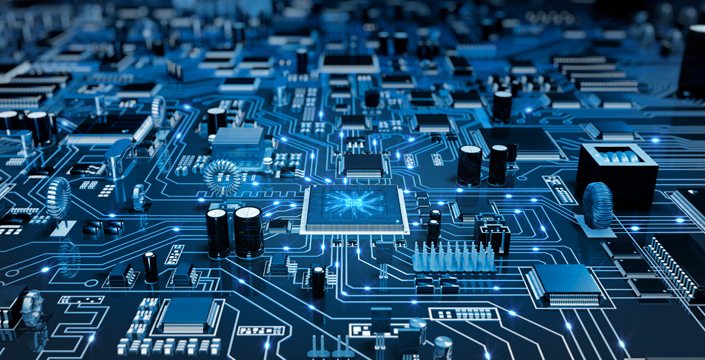Embedded systems are an essential part of modern technology, from the cars we drive to the medical devices that help us live healthier lives. These small, specialised computer systems are designed to perform specific tasks and operate within larger systems. In this blog post, we will dig into different embedded systems applications and provide examples of how they are used in various industries.
Table of Contents
Automotive Industry
The automotive sector is one of the largest adopters of embedded systems. Modern cars use a range of embedded systems to control everything from the engine to the brakes, steering, and entertainment systems. Engine control units (ECUs) are perhaps cars’ most essential embedded systems. They are responsible for controlling the fuel injection, ignition timing, and other critical engine functions.
Anti-lock braking systems (ABS) are another example of embedded systems in cars. ABS prevents the wheels from locking up during hard braking, improving control and reducing stopping distances. Advanced Driver Assistance Systems (ADAS) such as lane exit warning, adaptive cruise control, and collision avoidance are other examples of embedded systems in cars.
Tesla electric cars are a prime example of a car that heavily relies on embedded systems. They feature several ECUs, including the Battery Management System (BMS) that monitors and controls the battery’s performance. The car’s infotainment system, navigation, and communication systems also rely on embedded systems.
Healthcare Industry
Embedded systems have revolutionised the healthcare industry. Medical equipment such as pacemakers, insulin pumps, and blood glucose monitors are just a few examples of how embedded systems are used to improve patient care. Pacemakers, for example, use embedded systems to regulate the heart’s rhythm, ensuring it beats at a normal pace. Insulin pumps, on the other hand, use embedded systems to deliver insulin in precise amounts, helping people with diabetes manage their condition.
The Medtronic MiniMed 670G is an excellent example of an embedded system used in healthcare. This insulin pump features a closed-loop system that automatically adjusts the insulin delivery based on the user’s glucose levels. The pump’s embedded system makes real-time decisions on insulin delivery, reducing the need for manual adjustments and improving the user’s quality of life.
Home Automation

Home automation is another area where embedded systems are widely used. Smart home devices such as thermostats, security cameras, and door locks rely on embedded systems to function. These devices can communicate with each other and are controlled through mobile apps or voice assistants. There are endless examples of automation tools.
Industrial Automation
Embedded systems are also used extensively in industrial automation. Human Machine Interfaces (HMIs) and Programmable Logic Controllers (PLCs) are two examples of embedded systems used in industrial automation. PLCs control machinery, while HMIs provide a user interface for operators to interact with the machinery.
Aerospace and Defense
Finally, embedded systems are also used extensively in aerospace and defence. Flight control systems, unmanned aerial vehicles (UAVs), and missile guidance systems rely on embedded systems. The performance and reliability of these systems are critical to mission success.
The Lockheed Martin fighter jet can be an example of a military aircraft heavily relying on embedded systems. The F-35 uses embedded systems to control its advanced avionics, radar, and weapons systems. These embedded systems allow the aircraft to perform complex manoeuvres, evade enemy detection, and precisely engage targets.
While embedded systems are becoming a widespread technology in the practical world, security is becoming more of a concern. With the increased capabilities of embedded systems, there are also more opportunities for hackers to exploit these systems and gain unauthorised access.
Following best practices for embedded software testing will allow developers to check that applications are secure and safe regularly. Additionally, developers should always keep up-to-date with the latest security protocols and design patterns to protect their embedded systems.
Conclusion
Embedded systems are an essential part of modern technology and play a vital role in a wide range of industries. From automotive to healthcare, home automation to industrial automation, and aerospace to defence, embedded systems are critical components of the systems and devices we use every day.
As technology continues to advance, we can expect to see even more innovative applications of embedded systems. Embedded systems will continue transforming how we live and work, from self-driving cars to smart cities.
So the next time you use a medical device, drive a car, or control your home automation system, take a moment to appreciate the embedded systems that make it all possible. They may be tiny, but they are powerful, changing the world one device at a time.

